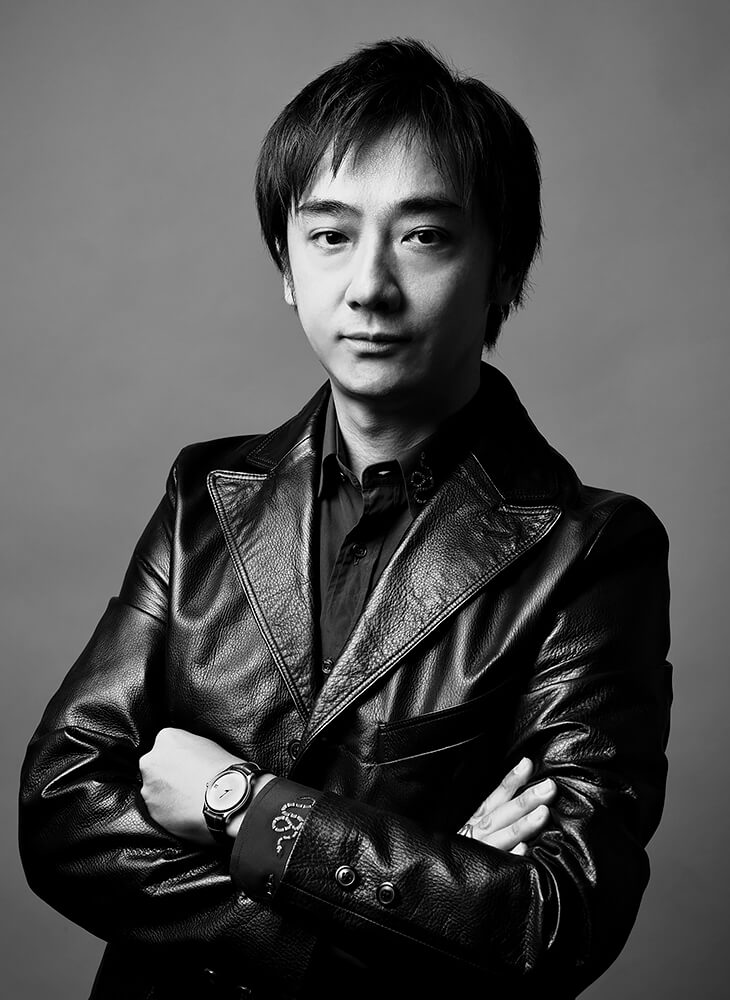Ryotaro Horiuchi was born in Tokyo in 1969.
When he was a teenager, he started to work at the furniture studio as an assistant. During his time at the studio, he was asked to take photographs of furniture as its records.
And that was the first time he felt his intention to focus on a thing in front of his eyes ''Through The Lends''.
And that ''intention'' turned him into ''photo-holic'' by realizing the potential of photographs.
Since then, he has been working on his works from Osaka University of Arts and while he was in Germany and till now.
Now he is working with ''Descendants of Samurai'' and ''Roma Gypsy'' by taking their portraits.
To do so, he keeps focusing on ''the identity'' of them and himself.
Falling Waters
When I faced the waterfall, my eyes were riveted on the falling waters.
The waters kept changing and never became the same figure.
I saw the vitality in its overwhelming energy.
The waters looked so alive that I felt as if I were photo shooting creatures.
These are not scenic photos but portraits of waterfalls.
The waters kept moving vigorously with a roaring sound, however, I loved the silence behind it.
Quiet Existence
I have relatives who emigrated to a foreign country under a state-led migration policy during the pre-war period. They live as minorities in the country.
Hearing stories about them as I grew up made me fascinated with people who are defined as minorities.
When I was staying in Germany, I later learned that the people who had been closed to me were Roma.
I had absolutely no knowledge about Roma at that time and their lifestyle looked just so mysterious to me.
Since then, I had been drawn to their strong identity and I visited the area where many Romani people live.
I met many other ethnic groups of people who live as minorities there.
When I faced their lifestyles, I could see their quiet yet strong identity behind them, which strongly resonated with me.
It might be impossible for minorities to maintain their culture without keeping their strong identity.
What is identity? The question always makes me ask myself what kind of individuality I retain.
Discover Descendants of Samurai
